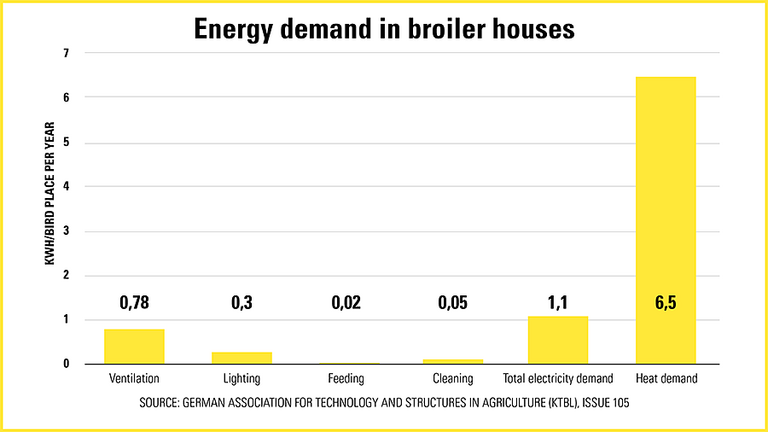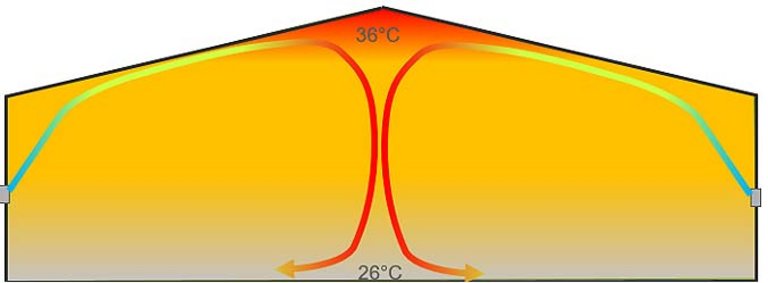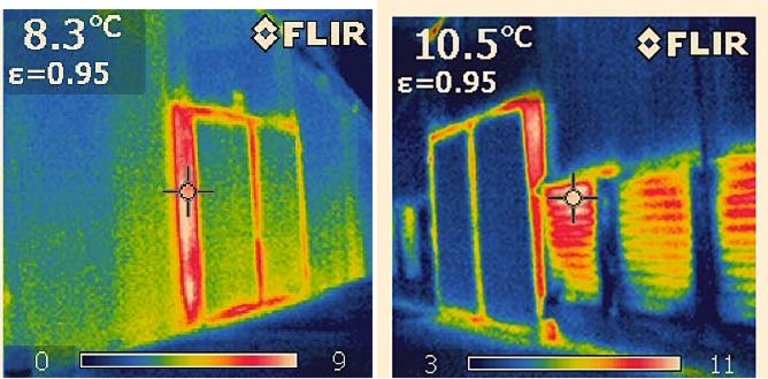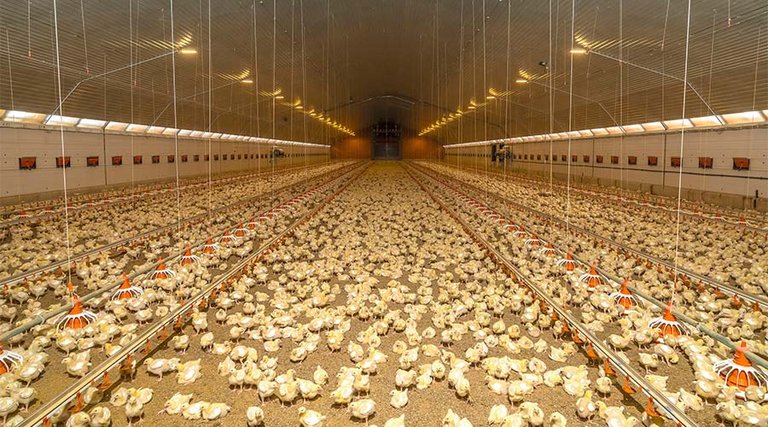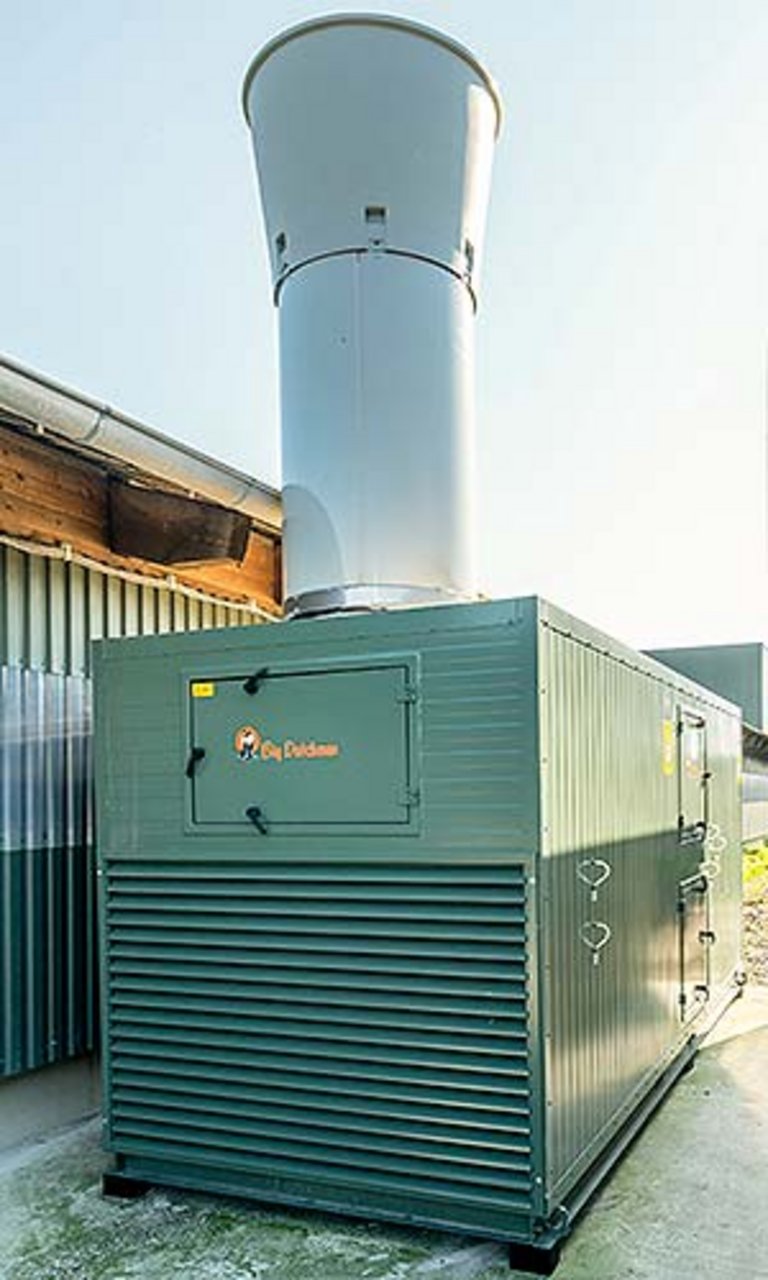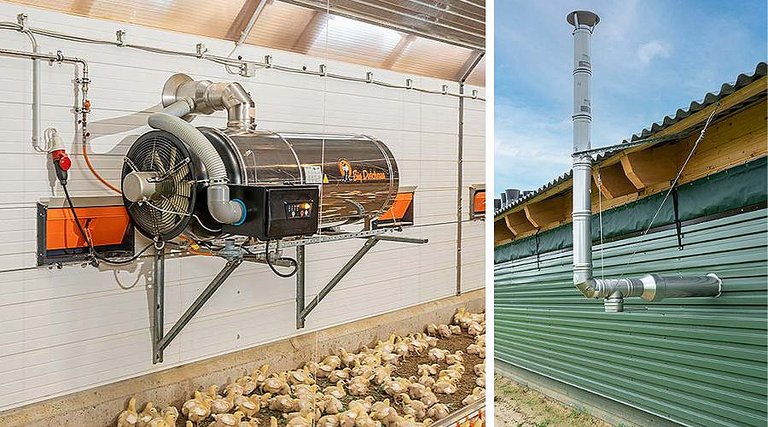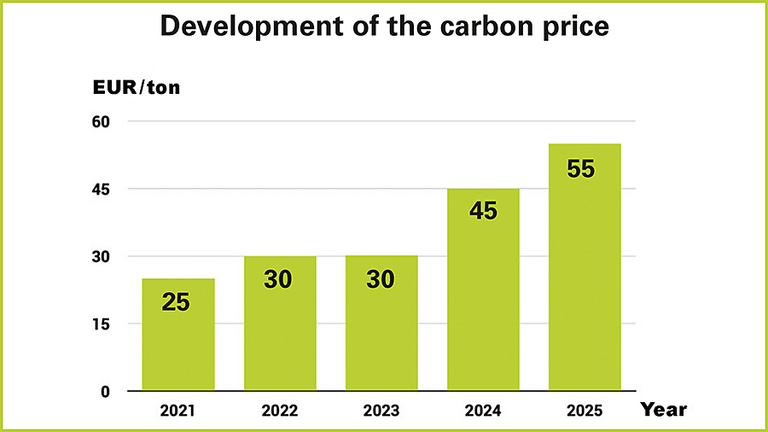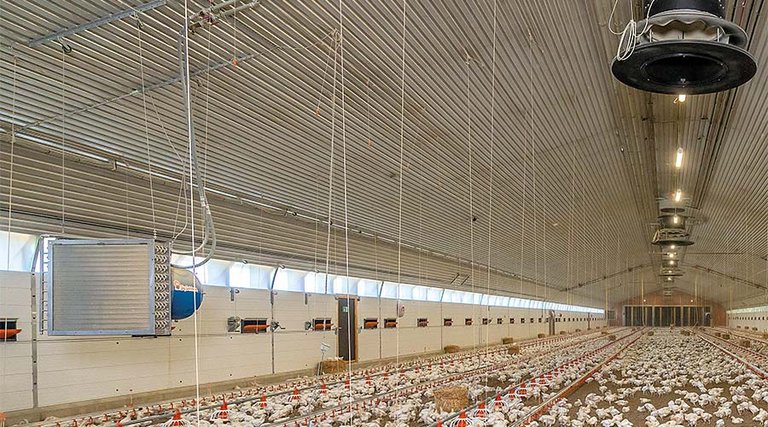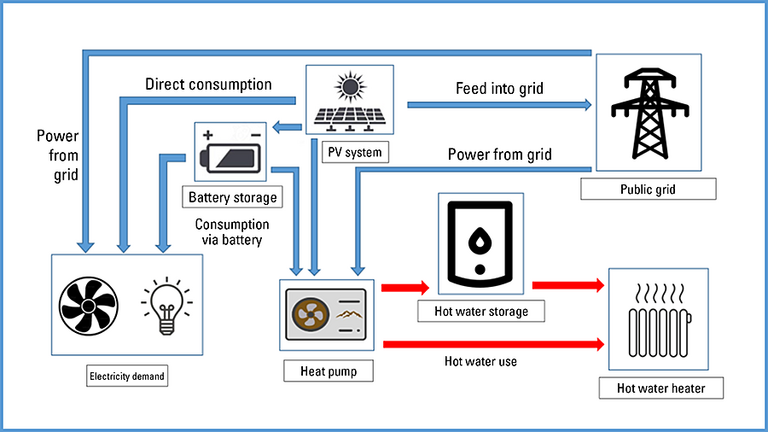Apart from feed costs, costs for energy incur the highest expenses for broiler producers today. This article describes efficient measures to save energy.
How energy-saving measures contribute to bird welfare
Energy efficiency for broiler production: options for cost reduction
Since the war in Ukraine, energy prices have risen significantly, and the switch from fossil to alternative energy sources has accelerated as a consequence. This situation is a major challenge for every one of us, including farmers. At the same time, society calls for broilers to be kept in comfortable climate conditions for improved welfare.
To find measures with energy-saving potential and to monitor their effect once implemented, the actual situation must be documented first. For this purpose, livestock managers regularly read electricity and gas meters, once per batch or, even better, once per month or even per week.
In general, the ventilation system consumes the largest amount of electricity in livestock production. Farmers need most of this energy to create comfortable temperatures for their stock (Fig. 1). Issue no. 105 by the German Association for Technology and Structures in Agriculture (KTBL; “Energiebedarf in der Schweine- und Hühnerhaltung”, 2014) assumes a demand of 6.5 kWh per place and year.
Regular maintenance and function checks for all relevant systems are important measures. Farmers need to inspect, for example, whether the fans run without errors and whether the wire mesh guards are clean. The same applies to heat exchangers, heaters and all electric motors. The ideal negative pressure in broiler houses is also an important indicator for a ventilation system that works efficiently.
The fresh air should enter the building uniformly and simultaneously, and circulate so it mixes with the warm air throughout the house (Fig. 2). The use of recirculation fans can be helpful here to prevent stratification of the air and to make effective use of the heat produced by the birds, especially with low ventilation rates.
Many of the maintenance tasks listed here can be carried out after the batch, i.e. during the service period. Especially in the winter, however, this period should be kept as short as possible so the house does not cool down too much. Heating a cold house requires much energy, especially for the bottom plate.
Good insulation of the building prevents unnecessary heat loss in the winter and extreme heat in the summer. It also assists with keeping inside temperatures stable and reducing the need to heat or cool.
For this reason, the building’s walls, roof and floor should be checked for possible leaks and thermal bridges. Large doors, windows and fresh air or exhaust air openings are especially relevant in this context. An infrared camera provides quick and clear results (Fig. 3).
Farmers who still use old light fixtures, for example moisture-proof lamps, should switch to energy-efficient LED technology – and the sooner, the better. Up to 60 % of electricity costs can be saved compared to conventional lamps (Fig. 4).
A wide range of LED panel lights with excellent characteristics is available today, including benefits such as zero flickering, even light distribution, 0 % to 100 % dimming and a wide optical spectrum from warm white to cool white with stepless adjustment, to name just a few.
The greatest savings potential for heating costs is currently possible through heat exchangers (Fig. 5). A heat exchanger recovers thermal energy in the exhaust air that has been removed from broiler houses. In cross-flow heat exchangers, cold fresh air and warm house air pass through an exchanger element at the same time, but without mixing.
Integrated filter units ensure that the exhaust air is clean before it enters the heat exchanger (which, incidentally, also reduces dust and odour emissions). The warm fresh air then enters the house and is distributed evenly by recirculation fans. The savings potential for heating energy can be up to 60 % (with the same ventilation rate!).
Additionally, a heat exchanger contributes to the flock’s health. When the heat exchanger is not switched off after the first 14 days but continues running until the end of the batch at a reduced capacity (power consumption being the keyword here), the additional and cost-efficient heat helps to ventilate the house. The air in the house is drier – and thus also the litter. The result: healthier foot pads, improved well-being and lower ammonia emissions.
Modern climate computers assist farmers in controlling the climate not only based on temperature and humidity, but also by using sensors to monitor harmful gases such as CO2 and NH3, so ventilation can be adapted accordingly.
Today’s climate computers are also able to regulate the air exchange very efficiently. This affects, for example, minimum ventilation, which reduces power consumption especially at the beginning of the batch.
Energy-saving ventilation principles such as MultiStep or the next-level Dynamic MultiStep system ensure that the exhaust air fans only run at the necessary speed. These principles require modern and controlled EC fans, however. Poultry managers using such ventilation systems can significantly reduce their electricity costs.
| It makes sense for farmers to check their current ventilation system for any weak points, and to switch to modern ventilation options and control systems when a reinvestment is necessary. |
In Germany and neighbouring countries, broiler production would not be possible without heaters; a fact that begs the question: Which heater is the best solution for my poultry house?
Gas-powered hot air blowers are still very common. Farmers who want to continue using these heaters should at least select hot air blowers with a closed combustion process instead of an open one.
When using open combustion, the thermal energy of the burned gas and the hot flue gases flow into the house together. For propane as a fuel, for example, the flue gases amount to 150 g of water vapour per hour and 230 g of CO2 for each kilowatt of installed heat output. Even though these heaters have an efficiency of 100 %, the flue gases and water vapour require increased ventilation rates.
In this context, checking the development of the carbon price is recommended (Fig. 8). The German climate package includes the German Fuel Emissions Trading Act (Brennstoffemissionshandelsgesetz), which defines carbon prices for fossil fuels such as natural gas and diesel. In January 2021, the carbon price was EUR 25 per tonne; it now increases annually to EUR 55 in 2025.
Since a heating system using natural gas emits approx. 202 grams of CO2 per kilowatt-hour (kWh), emissions amount to approx. 121 tonnes in case of a consumption of 600,000 kWh per year (common for older broiler houses with open combustion). In 2021, additional expenses of around EUR 3,000 were incurred in this manner. By 2025, these additional expenses will be as high as EUR 5,500 due to the carbon tax alone – irrespective of any gas price fluctuations. Of course, the question now is: How can alternative energy sources be used for heating?
One solution are hot-water heaters, for which good options have been available for some years. The objective is to maximise heat output by using heaters with a large surface area (Fig. 9). Renewable energy sources such as wood chips or straw pellets are ideal for heating the water.
The below scenario of the future shows how to forego fossil energy sources completely (Fig. 10). The house is heated by hot-water convection heaters. A heat pump is installed for hot water production. The necessary electric power for the heat pump comes either from a PV system, a battery or the public grid, depending on availability.
For the sake of completeness, it should be noted that using waste heat from a CHP or biogas plant is a sustainable and cost-efficient heat source.


